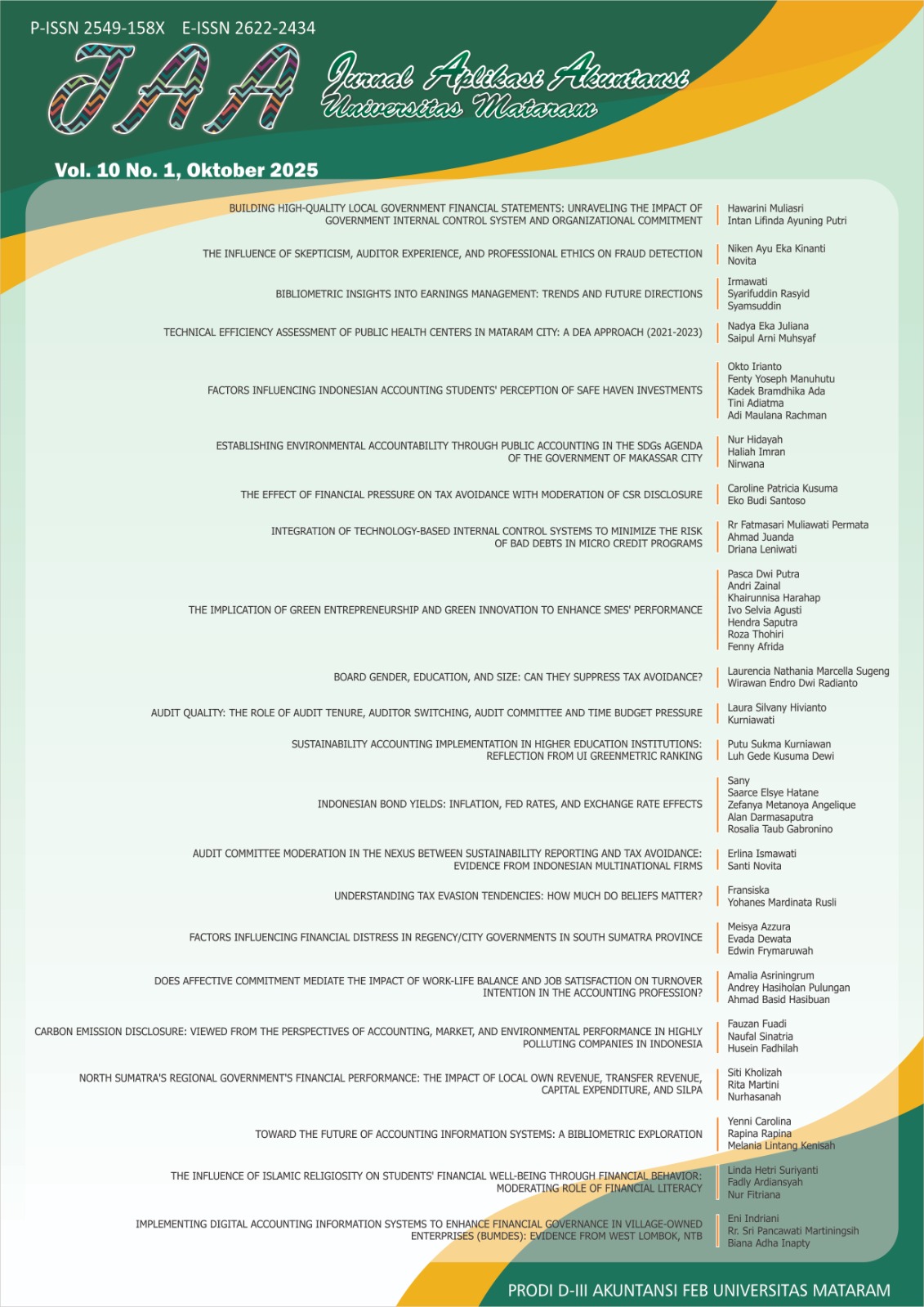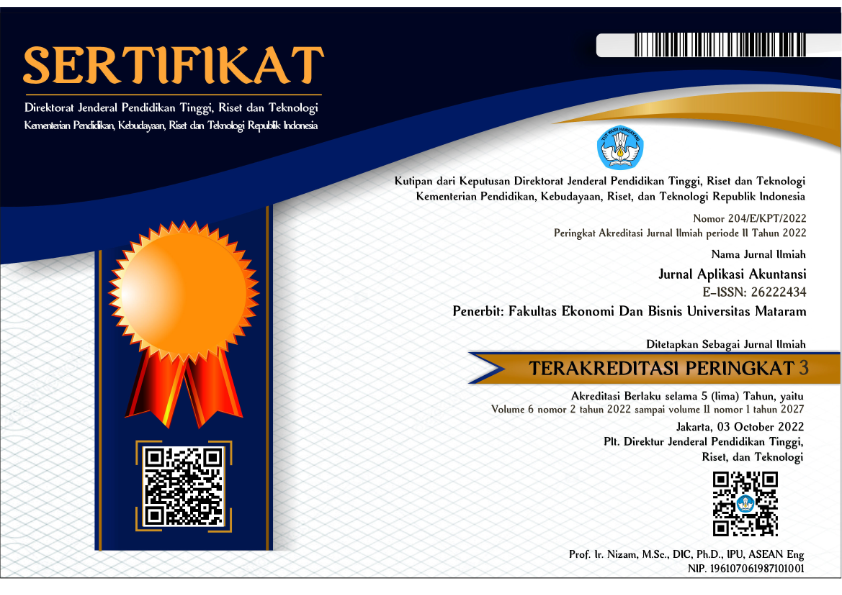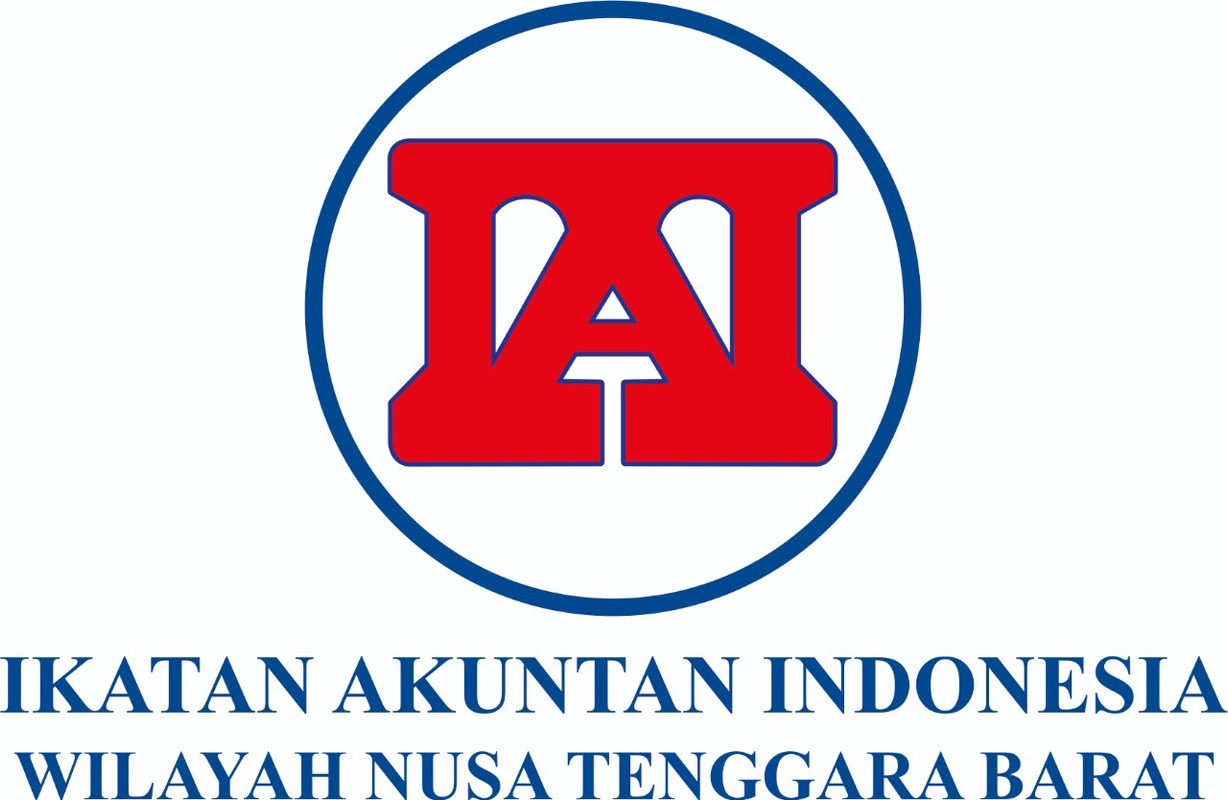TOWARD THE FUTURE OF ACCOUNTING INFORMATION SYSTEMS: A BIBLIOMETRIC EXPLORATION
DOI:
https://doi.org/10.29303/jaa.v10i1.697Keywords:
Accounting Indormation Systems, Bibliometric, ScopusAbstract
Research on Accounting Information Systems (AIS) has expanded steadily since the 1970s. This study offers the most comprehensive and up-to-date mapping of the AIS knowledge base by analyzing 1,101 Scopus-indexed articles from 523 sources (1975–2023) using an integrated bibliometric approach with Biblioshiny (bibliometrix) and VOSviewer. Unlike prior reviews that relied on shorter time spans, single databases, or a single analytical tool, this study provides novel contributions by employing a longer historical window, triangulating multiple bibliometric software, and integrating intellectual, social, and conceptual structures within a unified framework. The analysis identifies prolific and influential authors, documents, and journals; maps collaboration patterns; and visualizes keyword co-occurrence, thematic evolution, and emerging research fronts. Publication output accelerated sharply after 2008 and peaked around 2020, while current work is increasingly shaped by technology-centric themes such as enterprise resource planning (ERP), big data, blockchain, artificial intelligence, and cloud computing. Indonesian scholars rank among the most productive contributors, yet cross-border collaboration remains concentrated in U.S.-anchored networks. For scholars, the periodized thematic maps and trending clusters (e.g., blockchain, AI, sustainable development) provide a reproducible roadmap for future inquiry, grant proposals, and curriculum development. For practitioners and policy makers, including accounting educators, professional bodies, and firms undergoing digital transformation, these findings highlight under-explored links between AIS design and organizational performance, guiding investment decisions and collaborative strategies. This study advances AIS research and strengthens its relevance for academic, professional, and regulatory communities confronting rapid technological and institutional change by consolidating historical milestones and surfacing forward-looking opportunities.
References
Darab, M. G., Keshavarz, K., Sadeghi, E., Shahmohamadi, J., & Kavosi, Z. (2021). The economic burden of coronavirus disease 2019 (COVID-19): evidence from Iran. BMC Health Services Research, 21(1), 132.
Lubis, A. F., Lubis, T. A., & Muda, I. (2016). The Role Of Enterprise Resource Plan (ERP) Configuration To The Timeliness Of The Financial Statement Presentation. International Journal of Applied Business and Economic Research, 14(11), 7591-7608.
Abernethy, M. A., & Vagnoni, E. (2004). Power, organization design, and managerial behaviour. Accounting, Organizations and Society, 29(3-4), 207–225.
Alles, M., & Gray, G. L. (2016). Incorporating big data in audits: Identifying inhibitors and a research agenda to address those inhibitors. International Journal of Accounting Information Systems, 22, 44–59.
Aria, M., & Cuccurullo, C. (2017, August ). Bibliometrix: An R tool for comprehensive science mapping analysis. Journal of Informetrics, 11, 959–975.
Ayaz, S., Masood, N., & Islam, M. A. (2017, December). Predicting scientific impact based on h-index. Scientometrics, 106, 787–804.
Benomar, L., Elferjani, R., Hamilton, J., O'Neill, G. A., Echchakoui, S., Bergeron, Y., & Lamara, M. (2022, March). Bibliometric Analysis of the Structure and Evolution of Research on Assisted Migration. Current Forestry Reports, 8, 199–213.
Bromson, G., Kaidonis, M. A., & Poh, P. (1994). Accounting information systems and learning theory: an integrated approach to teaching. Accounting Education, 3(2), 101–114.
Butler, S. A. (2002). Security attribute evaluation method: a cost-benefit approach. International Conference on Software Engineering. Orlando: IEEE.
Chiu, V., Liu, Q., Muehlmann, B., & Baldwin, A. A. (2019, March). A bibliometric analysis of accounting information systems journals and their emerging technologies contributions. International Journal of Accounting Information Systems, 32, 24–43.
Choe, J.-M. (1996). The Relationships among Performance of Accounting Information Systems, Influence Factors, and Evolution Level of Information Systems. Journal of Management Information Systems, 12(4), 215–239.
Clancy, D. K., & Collins, F. (1979). Informal accounting information systems: Some tentative findings. Accounting, Organizations and Society, 4(1-2), 21–30.
Cleary, P. (2023). Introduction to accounting information systems. In E. Strauss & M. Quinn, The Routledge Handbook of Accounting Information Systems (pp. 9–20). New York: Routledge.
Ezenwoke, O., Ezenwoke, A., Eluyela, D., & Olusanmi, O. (2019). A Bibliometric Study of Accounting Information Systems Research from 1975-2017. Asian Journal of Scientific Research, 12(2), 167-178.
Ezzamel, M., & Bourn, M. (1990). The roles of accounting information systems in an organization experiencing a financial crisis. Accounting, Organizations and Society, 15(5), 399–424.
Geerts, G. L. (2011). A design science research methodology and its application to accounting information systems research. International Journal of Accounting Information Systems, 12(2), 142-151.
Gordon, L. A., & Miller, D. (1976). A contingency framework for the design of accounting information systems. Accounting, Organizations and Society, 1(1), 59–69.
Gordon, L. A., Larcker, D. F., & Tuggle, F. D. (1978). Strategic decision processes and the design of accounting information systems: Conceptual linkages. Accounting, Organizations and Society, 3(3-4), 203–213.
Granlund, M. (2011). Extending AIS research to management accounting and control issues: A research note. International Journal of Accounting Information Systems, 12(1), 3-19.
Hoelscher, J., & Mortimer, A. (2018). Using Tableau to visualize data and drive decision-making. Journal of Accounting Education, 44, 49-59.
Huerta, E., & Jensen, S. (2017). An Accounting Information Systems Perspective on Data Analytics and Big Data. Journal of Information Systems, 31(3), 101–114.
İyibildiren, M., Eren, T., & Ceran, M. B. (2023). Bibliometric analysis of publications on the Web of Science database related to accounting information systems with the mapping technique. Cogent Business & Management, 10, 1-25.
Khare, A., & Jain, R. (2022, June). Mapping the conceptual and intellectual structure of the consumer vulnerability field: A bibliometric analysis. Journal of Business Research, 150, 567–584.
Kobelsky, K. W., Richardson, V. J., Smith, R. E., & Zmud, R. W. (2008). Determinants and Consequences of Firm Information Technology Budgets. The Accounting Review, 83(4), 957–995.
Kumar, S., Marrone, M., Liu, Q., & Pandey, N. (2020, December). Twenty years of the International Journal of Accounting Information Systems: A bibliometric analysis. International Journal of Accounting Information Systems, 39, 1–19.
Leung, X. Y., Sun, J., & Bai, B. (2017, July). Bibliometrics of social media research: A co-citation and co-word analysis. International Journal of Hospitality Management, 66, 35–45.
McCallig, J., Robb, A., & Rohde, F. (2019). Establishing the representational faithfulness of financial accounting information using multiparty security, network analysis, and a blockchain. International Journal of Accounting Information Systems, 33, 47–58.
Miller, D., & Gordon, L. A. (1975). Conceptual Levels And The Design Of Accounting Information Systems. Decision Sciences, 6(2), 259–269.
Monteiro, A., & Cepêda, C. (2021). Accounting Information Systems: Scientific Production and Trends in Research. Systems, 9(67), 1-25.
Nicolaou, A. I. (2000). A contingency model of perceived effectiveness in accounting information systems: Organizational coordination and control effects. International Journal of Accounting Information Systems, 1(2), 91–105.
Otley, D. T., & Berry, A. J. (1980). Control, organisation, and accounting. Accounting, Organizations and Society, 5(2), 231–244.
Pacini, C., Wossink, A., Giesen, G., Vazzana, C., & Huirne, R. (2003). Evaluation of sustainability of organic, integrated and conventional farming systems: a farm and field-scale analysis. Agriculture, Ecosystems & Environment, 95(1), 273–288.
Pan, G., & Seow, P.-S. (2016). Preparing Accounting Graduates for Digital Revolution: A Critical Review of Information Technology Competencies and Skills Development. Journal of Education for Business, 91(3), 166–175.
Richardson, V. J., Chang, C. J., & Smith, R. (2021). Accounting Information Systems (3rd ed.). New York: McGraw-Hill.
Roberts, J., & Scapens, R. (1985). Accounting systems and systems of accountability — understanding accounting practices in their organisational contexts. Accounting, Organizations and Society, 10(4), 443–456.
Romney, M. B., Steinbart, P. J., Summers, S. L., & Wood, D. A. (2021). Accounting Information Systems (15th ed.). United Kingdom: Pearson Education Limited.
Ruivo, P., Oliveira, T., & Neto, M. (2014). Examine ERP post-implementation stages of use and value: Empirical evidence from Portuguese SMEs. International Journal of Accounting Information Systems, 15(2), 166-184.
Seidmann, A., & Arbel , A. (1984). Microcomputer selection process for organizational information management. Information & Management, 7(6), 317-329.
Tan, B. S., & Low, K. Y. (2019). Blockchain as the Database Engine in the Accounting System. Australian Accounting Review, 29(2), 312-318.
Tan, K., & Choo, F. (1990). A Note On The Academic Performance Of Deep-Elaborative Versus Shallow-Reiterative Information Processing Students. Accounting & Finance, 30(1), 67-81.
Tayi, G. K., & Ballou, D. P. (1998). Examining data quality. Communications of the ACM, 41(2), 54–57.
Wilkin, C., & Chenhall, R. (2010). A review of IT governance: A taxonomy to inform accounting information systems. The Journal of Information Systems, 24(2), 107–146.
Worrell, J. L., Gangi, P. M., & Bush, A. A. (2013). Exploring the use of the Delphi method in accounting information systems research. International Journal of Accounting Information Systems, 14(3), 193–208.
Zou, Z., Liu, X., Wang, M., & Yang, X. (2023, February). Insight into digital finance and fintech: A bibliometric and content analysis. Technology in Society, 73, 1-19.
Downloads
Published
How to Cite
Issue
Section
License
Copyright (c) 2025 Yenni Carolina, Rapina Rapina, Melania Lintang Kenisah

This work is licensed under a Creative Commons Attribution-ShareAlike 4.0 International License.









